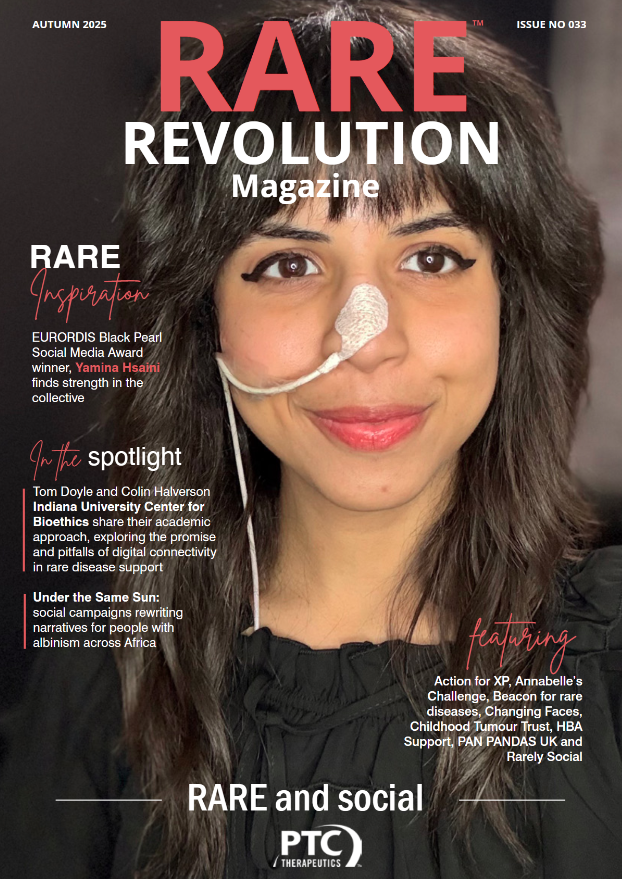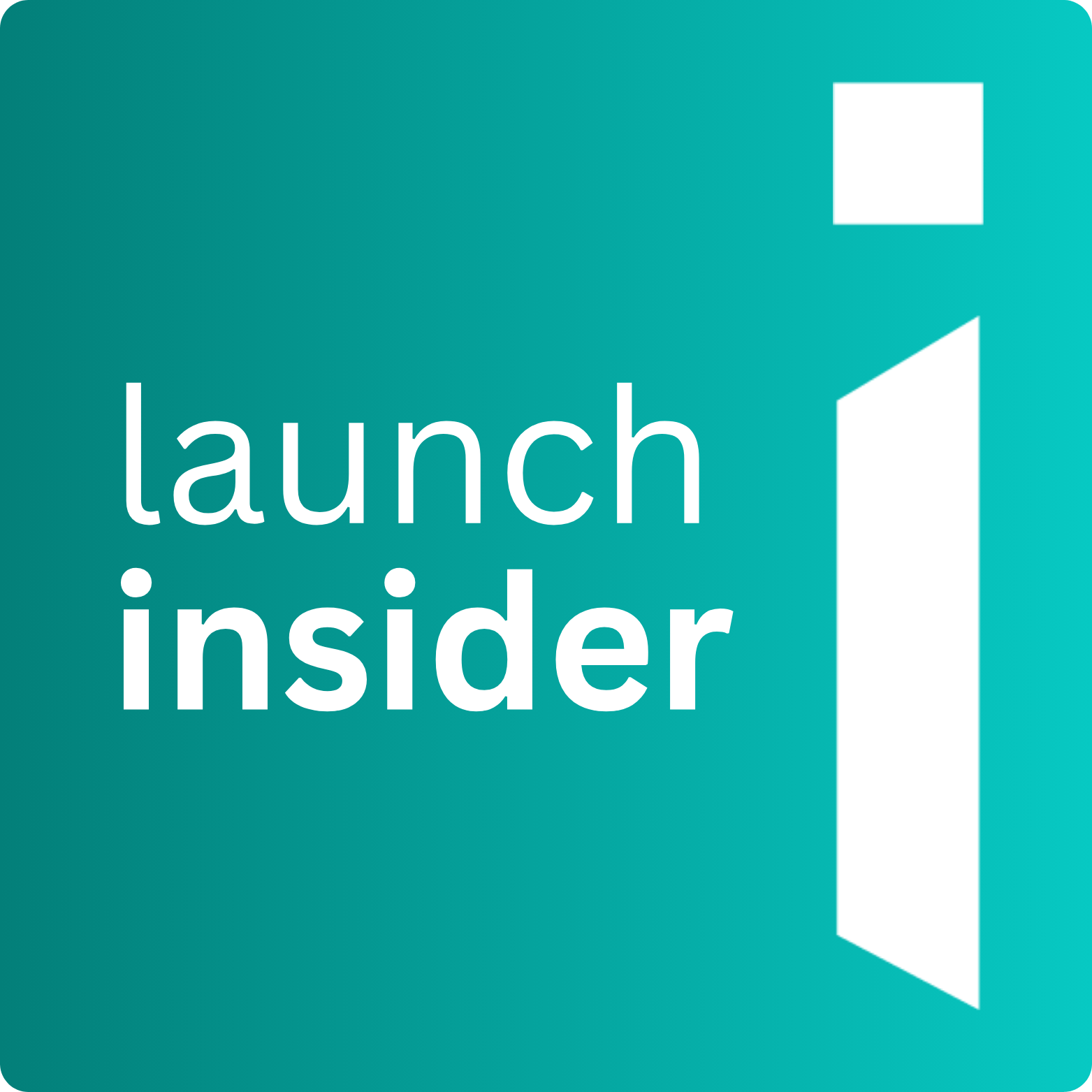Simons Searchlight – 15-years of genetic discovery
Simons Searchlight has transformed rare genetic disease research by creating a global, inclusive platform that connects families, researchers and advocates, accelerating understanding of neurodevelopmental disorders. Celebrating its 15th anniversary this year, the goal for the future is firmly set on expansion and continued collaboration to provide hope for families facing complex genetic diagnoses
Written by Emma Bishop, RARE Revolution Magazine
Interview with Dr Wendy Chung, principal investigator, Simons Searchlight and Dr Kelsey Martin, executive vice president, autism and neuroscience, Simons Foundation
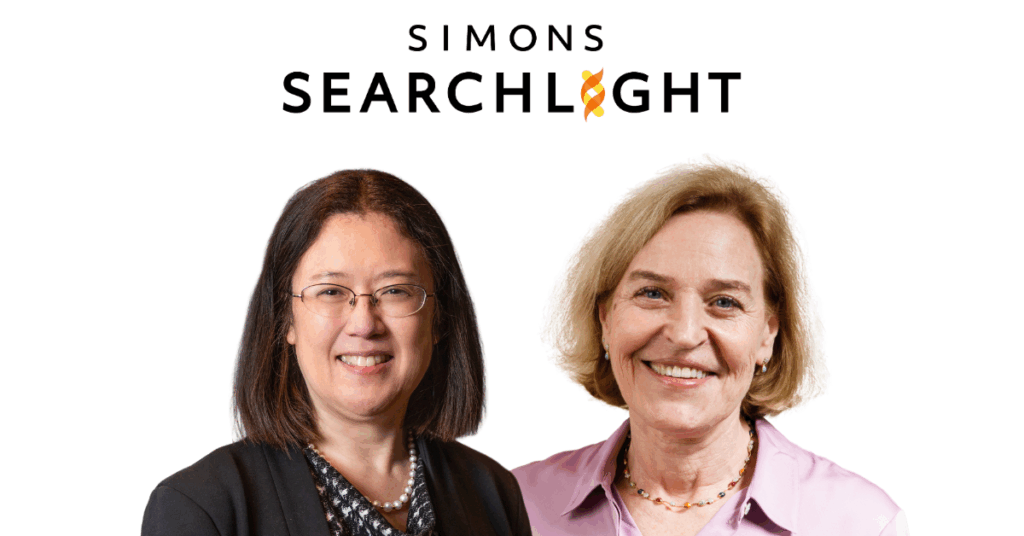
Simons Searchlight is a programme supported by the Simons Foundation, through its Simons Foundation Autism Research Initiative (SFARI). The motivation behind the study’s launch in 2010 was to use genetics as a robust tool to understand autism.
“At the time, we were struggling as a field to understand the underlying molecular mechanisms [of autism] and needed a foundation to build the science on,” explains Simons Searchlight’s principal investigator Wendy Chung. “Genetics was selected as a tool to be able to do that.”
Earlier studies from the Simons Simplex Collection (SSC), launched in 2010 provided robust assessments of both autism-related behaviours and participants’ genetics. The findings suggested that genetic contributions to autism were anything but straightforward.
“It became clear that there was not one single answer genetically in terms of autism. Genetic contributions were quite heterogeneous,” notes Wendy.
While scientists discovered that 16 p11.2 duplication or deletion was the most common genetic variant associated with autism, it accounted for just 1% of cases.
This one percent might sound like a small number, but it was the largest of the genetic signals the scientists detected and amounts to 721 real life cases in Simons Searchlight. To better understand how this genetic variation was contributing to autism, the researchers embarked on an effort they termed, Simons VIP Connect, which focused just on 16p11.2 and other single genetic variants, which would later become Simons Searchlight. “By digging into a single genetic variant, you learn even more about the complexity of these conditions,” says Dr. Kelsey Martin, executive vice president of autism and neuroscience at the Simons Foundation. “So it’s an incredibly valuable cohort for beginning to understand mechanisms that give rise to autism and neurodevelopmental disorders.”
Ground-breaking research and expansion
After the initial focus on copy number variants (copy number variation (CNV) is where the number of copies of a specific segment of DNA varies among different individuals’ genomes) in Simons VIP Connect, the research expanded to identify individual genes associated with autism, eventually identifying 100-200 genes with statistical significance.
“Scientists around the world were using the same dataset and coming up with the same answers, which scientifically was very reassuring,” says Wendy. She expands to say that “however, the biology cannot just be the genes, it has to be about the people behind those genes and so we needed people that had genetic variants in those individual genes.” However, the decreasing frequency of genetic variants from 1% to often less than 0.1% meant that gathering a large enough cohort to get meaningful and reliable data was a challenge.
To foster inclusivity and increase the scale of the study, in 2014, the study moved from in person research to a multilingual online platform. This new, larger incarnation of the project was re-branded as Simons Searchlight in 2019. The new approach broadened the wealth of data, and engaged a wider pool of researchers.
“This was a unique opportunity for researchers who wanted to study genes in a pathway, genes in a molecular mechanism, even all genes associated with autism,” says Wendy. “There was now the potential to have standardised data collected in a similar way across these individual genetic contributions that allowed for an increased level of rigor and robustness.”
“Each year, as more families joined the community and continued contributing data, we were able to build a clearer and more comprehensive picture of what Jordan’s syndrome truly looks like. What started as scattered pieces of information grew into a well-defined understanding of the medical and developmental aspects of the syndrome. That ongoing collection of data became instrumental in shaping our path forward—it gave us the confidence to move toward clinical trials with a strong baseline of information.”
– Carole Bakhos, executive director, Jordan’s Guardian Angels (PPP2R5D) and participant since 2017
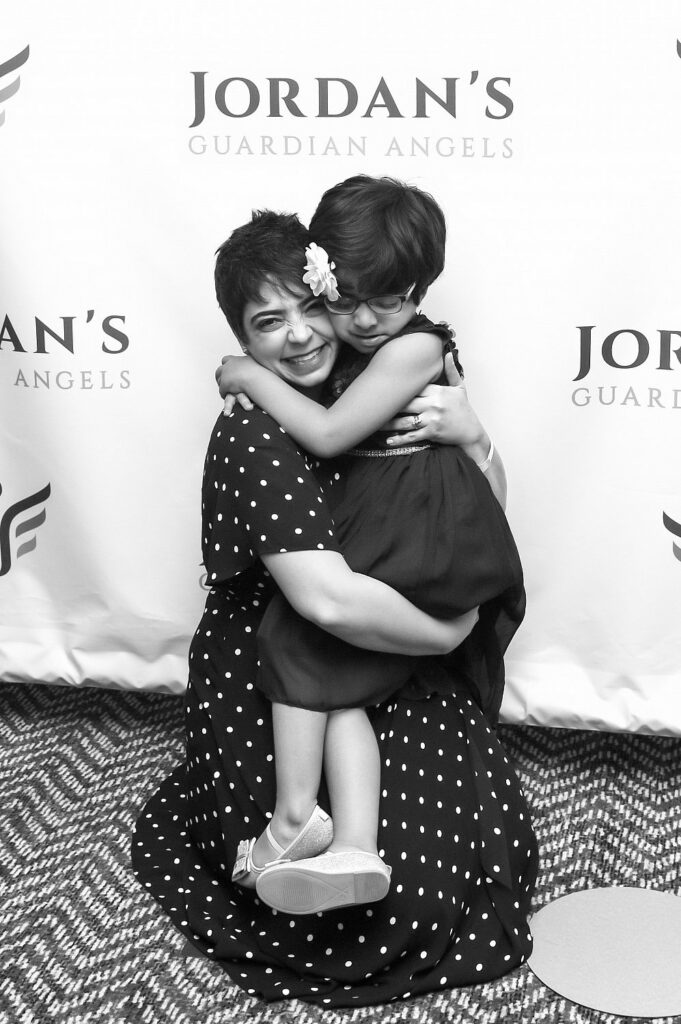
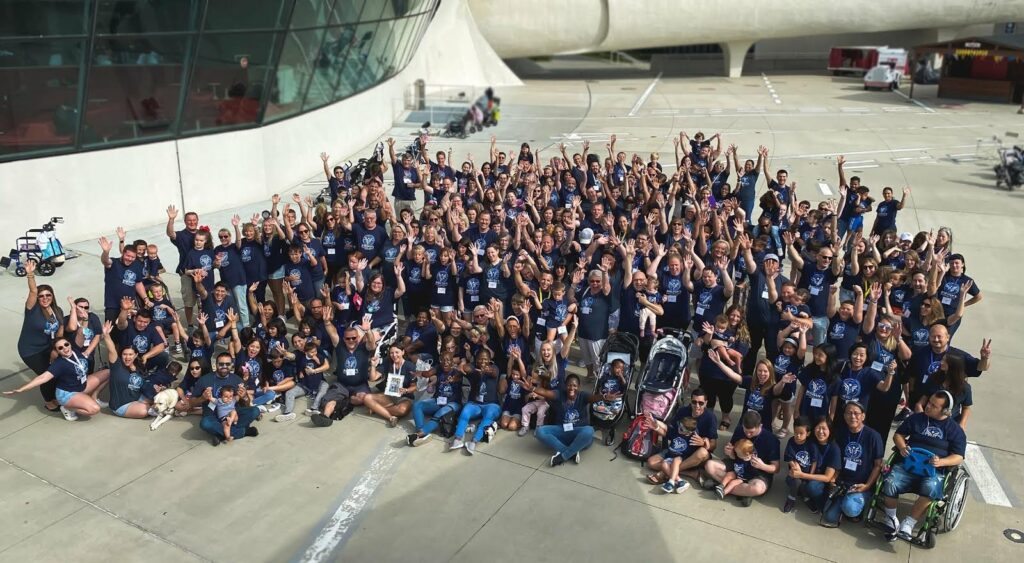
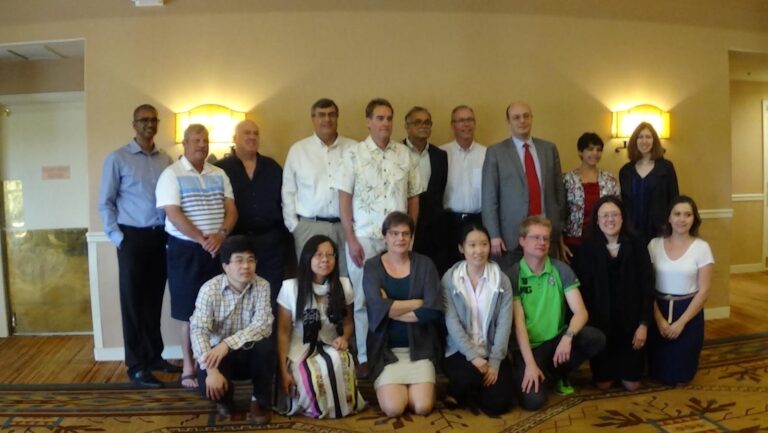
Employing a gene-first approach, meaning it is not based on an autism phenotype but genotype, makes the research program and database platform relevant to researchers studying multiple conditions beyond autism, such as epilepsy, developmental delays, intellectual disabilities and ADHD. “We’ve created a research-ready resource for members of the scientific community who are interested in other intellectual disabilities and epilepsy,” remarks Kelsey. “This has enabled researchers to discover common developmental changes across different genetic variants and conduct research into potential convergent biological pathways.”
Research informs families, and families inform research
Importantly for families, the Simons Searchlight platform has created a community and a sense of belonging for over 6,000 individuals with a genetic condition, alongside guidance for their physicians on how to steer them through their life journey.
“What has stood out most is the programme’s unwavering commitment to scientific integrity and compassion. The research is no longer just about collecting data—it’s about understanding the human stories behind the data. Their dedication to personalised learning and ongoing expansion into more conditions gives families like ours hope and a true sense of belonging in the scientific process.”
–Christie Abercrombie, 16p11.2 duplication family participant since 2010 and Simons Searchlight Community Advisory Committee (CAC) member
“[Simons Searchlight] provides families with information on where their child is on the spectrum of development, but also helps researchers to understand where they need to focus their efforts to understand a particular condition. It’s this wonderful convergence of bringing together families, scientists and clinicians,” says Kelsey.
“One of the most powerful aspects of being part of Simons Searchlight is knowing that we are not alone. When you’re dealing with a rare disease, isolation can be overwhelming. But through this programme, we have connected with other families who share our journey, and together we are stronger. It has also allowed us to collaborate with researchers who are deeply committed to understanding Jordan’s syndrome. The relationships formed within this community—both among families and with the scientific community—have been invaluable.”
–Carole Bakhos
Wendy and Kelsey also highlight the importance of storytelling in engaging families and researchers, using personal stories to illustrate the impact of the work they do. To date, nearly 100 families have shared their individual journeys, capturing different perspectives and experiences.
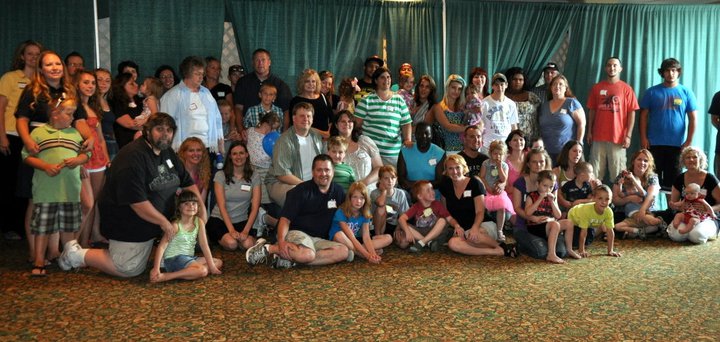
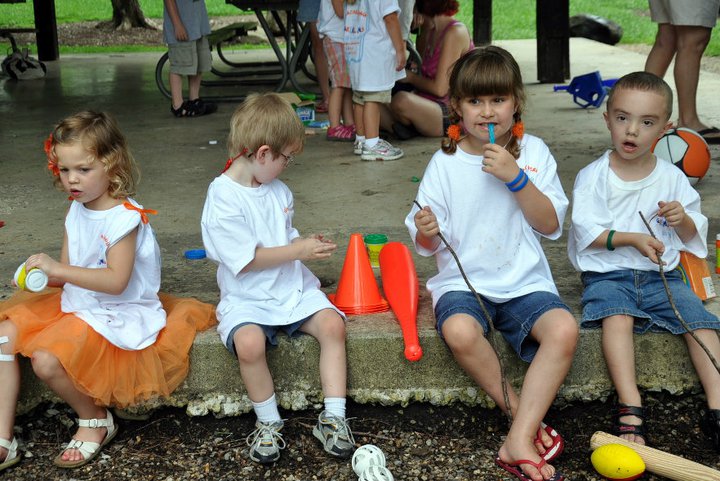
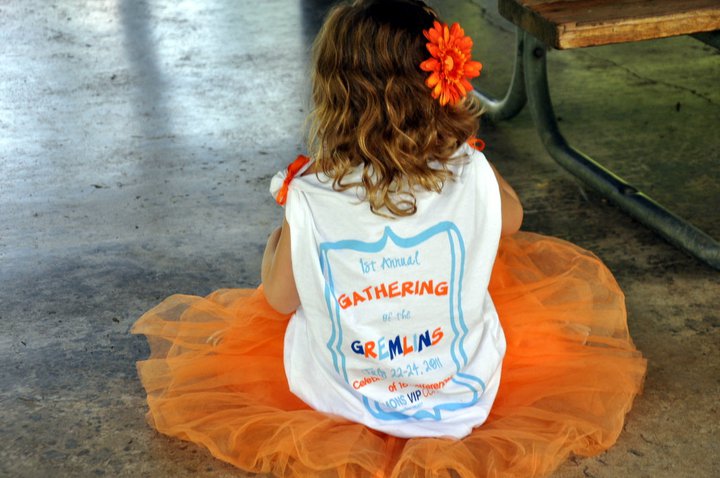
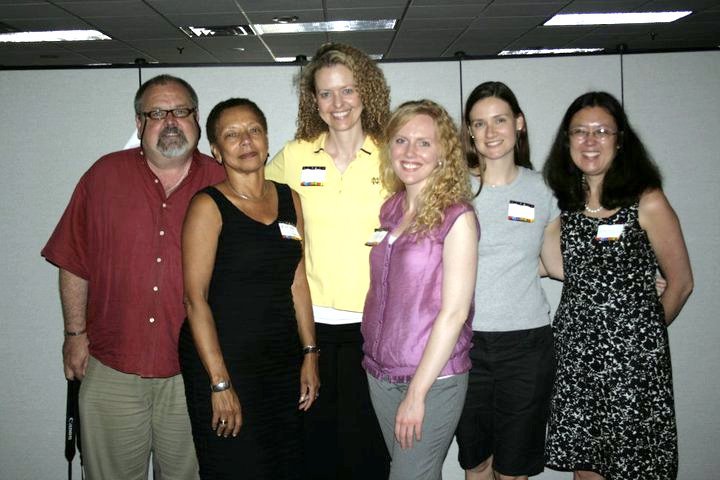

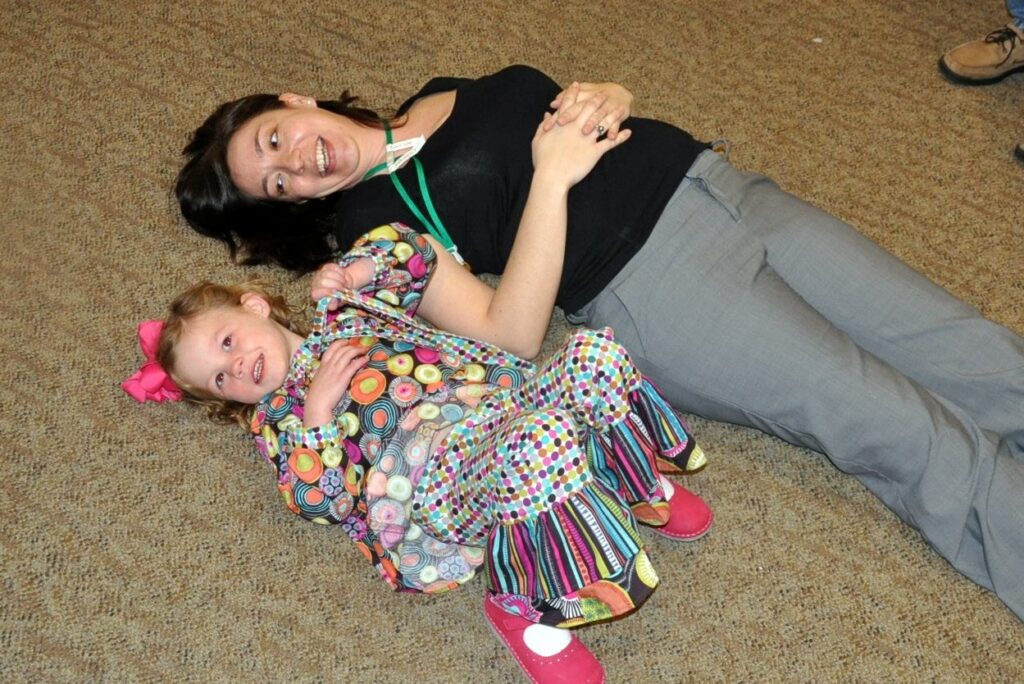
“We’ve tried to be inclusive in the stories that we tell, and have multiple perspectives, because there’s no one story that captures everything for all families. We don’t want to leave anyone out,” notes Wendy.
“Stories are one of the most effective ways of recruiting other families, because they are a message that provides trust in Simons Searchlight,” adds Kelsey.
The scientists also stress the importance of including families’ voices in the data sets to understand the full range of genetic variants and their manifestations.
For example, through SFARI’s Research Match program, researchers can recruit Simons Searchlight participants to participate in new, related studies. Currently over 1,600 families have participated in Research Match studies, and scientists are sure to relay their results to the families to ensure they are up-to-date on the latest findings.
“We relay the information back to the community so that as investigators are learning things families are learning with us,” says Wendy. “They have the 24/7 insights into these conditions and understand whether or not those learnings are resonating with them and how they impact their child and their family. We try to have a feedback loop in terms of being able to make sure all the stakeholders are really thinking together as close to real time as possible.”
Harnessing the power of patient advocacy groups
Wendy and Kelsey both acknowledge the critical role patient advocacy groups (PAGs) play in contributing to science, research and awareness.
“Rare disease research is unique because it is family-driven. Families are not just participants; they are the driving force behind progress. They collect the data, raise awareness, fund research and advocate for treatments. Moving forward, this model will only continue to grow as families elevate their voices, ensuring that their needs and experiences shape the direction of research. Patient-led research is the future, and what we are seeing now with Jordan’s syndrome is a testament to that power.”
–Carole Bakhos
Simons Searchlight aims to empower PAGs with resources, support and training so they can effectively advocate for their communities and contribute to scientific understanding of rare genetic conditions. “We realise that many advocates are volunteers—they weren’t professionally trained in this,” notes Wendy.
For example, Simons Searchlight supports PAGs in creating campaigns, such as the “Shine Your Searchlight”, to unite the community and focus on clear communications and data collection.
Family and researcher conferences organised by patient advocacy groups have also been a big part of Simons Searchlight’s journey, helping to build community and reduce the sense of isolation.
“When you’re in a room where people are meeting someone else for the first time who has the same condition that they, or their child has, and they have this sense that they’re not alone, it truly is a warm hug,” says Wendy.
“The community we’ve built through Simons Searchlight has been life changing. From daily questions to milestone celebrations, we’ve leaned on each other in every way. Events like the annual ‘16p Gathering’ gave us the rare gift of in-person connections, where we shared stories and strategies. This sense of shared experience and support through Simons Searchlight has carried us through some of our most difficult times.”
–Christie Abercrombie
The conferences also provide a unique opportunity for researchers to understand the realities of living with the disorders that they study. “It provides grounding and context that is really the inspiration for the work they’re doing in the laboratory,” explains Kelsey. “The impact of these meetings on young researchers is significant, often shaping their career trajectories and commitment to rare disease research.”
Access to all
Accessibility and inclusivity are pivotal to the mission of Simons Searchlight. There are no exclusionary criteria, beyond a confirmed genetic diagnosis, and the studies are open to anyone, of any age, anywhere in the world, as long as they speak one of the seven supported languages. Flexible data collection approaches, telephone interviews, hybrid consultation methods and support for multiple languages aim to ensure accessibility for all.
With a global reach the programme is also mindful of cultural diversities and regional boundaries. As Kelsey notes, “We are really cognisant of national restrictions in different parts of the world and we have to be incredibly respectful of whatever that particular nation imposes on sharing data.”
Protecting participant privacy is also a cornerstone of Simons Searchlight. The programme follows strict protocols to ensure data is stored securely and shared only with qualified researchers under controlled conditions. All information is de-identified, underscoring Simons Searchlight’s deep commitment to protecting the privacy of every participant and their family.
The future for Simons Searchlight
Building on the success of the programme is paramount, and the team won’t be taking their foot off the gas any time soon. In the future, Simons Searchlight aims to identify more genes and explore the variability within each gene. With artificial intelligence already aiding in the understanding of data, Wendy would like to leverage the power of machine learning to advance the way data is analysed. “AI really is helping us in every way to understand the data better that are coming in, to make projections about what to expect in drug or therapy development, to learn from each other and apply those learnings.” She would also like to create more immediate, tangible benefits for families, reducing timelines from data collection to meaningful insights.
Kelsey adds that Simons Searchlight’s commitment to collaboration and accelerating scientific understanding means they aim to reach out to the private sector as potential partners who could leverage the wealth of data and biospecimens available through the programme.
“We’re committed to making sure we’re part of a collaborative ecosystem of funders, ensuring we’re synergistic and non-duplicative,” she says.
In its future, Simons Searchlight aims to continue creating a more collaborative, technologically advanced and family-focused approach to rare disease research that provides faster, more meaningful insights and potential.
“The more we can work together across the rare diseases, the faster we’re all going to grow,” says Wendy. “For a relatively small investment of families’ time and information, the faster we accelerate the process.”
“To families considering joining Simons Searchlight, I would say this: you are not alone. This programme offers a lifeline—not just through cutting-edge research, but through an incredible community of people who understand your path. By joining, you become part of a shared mission to build a better future for our children.”
–Christie Abercrombie
